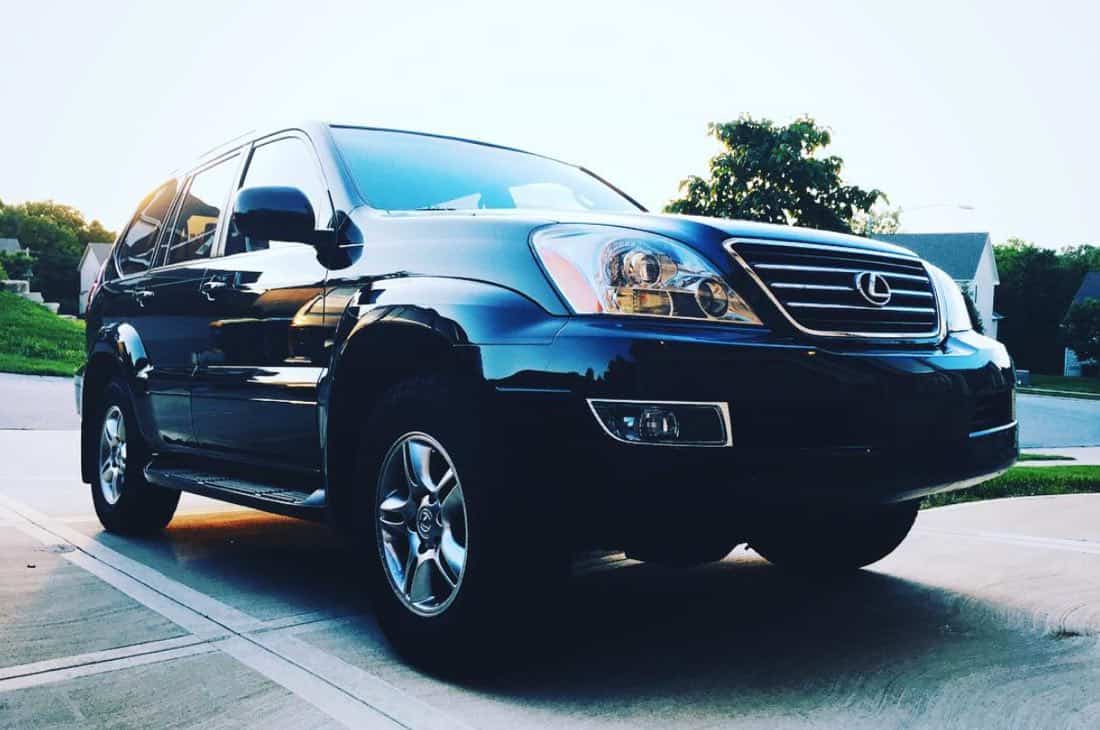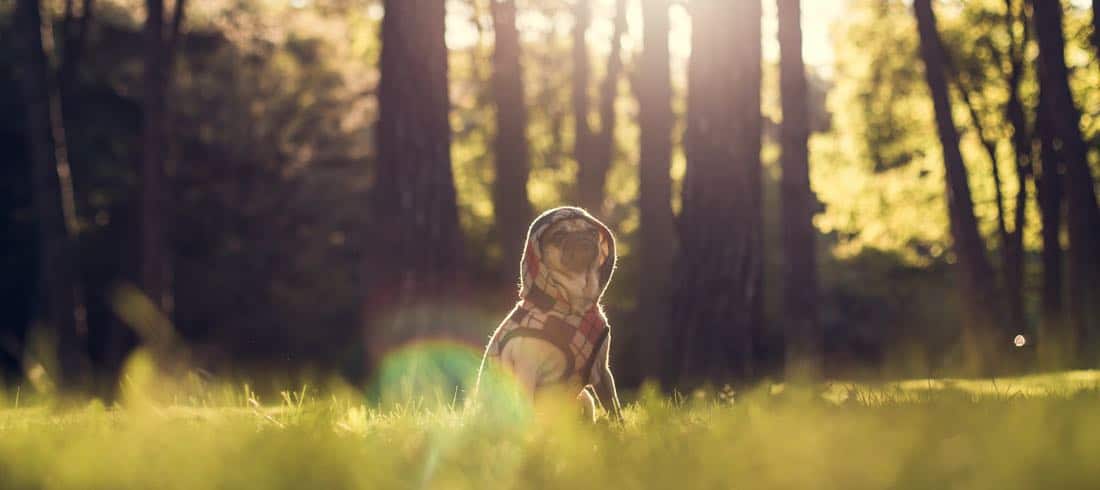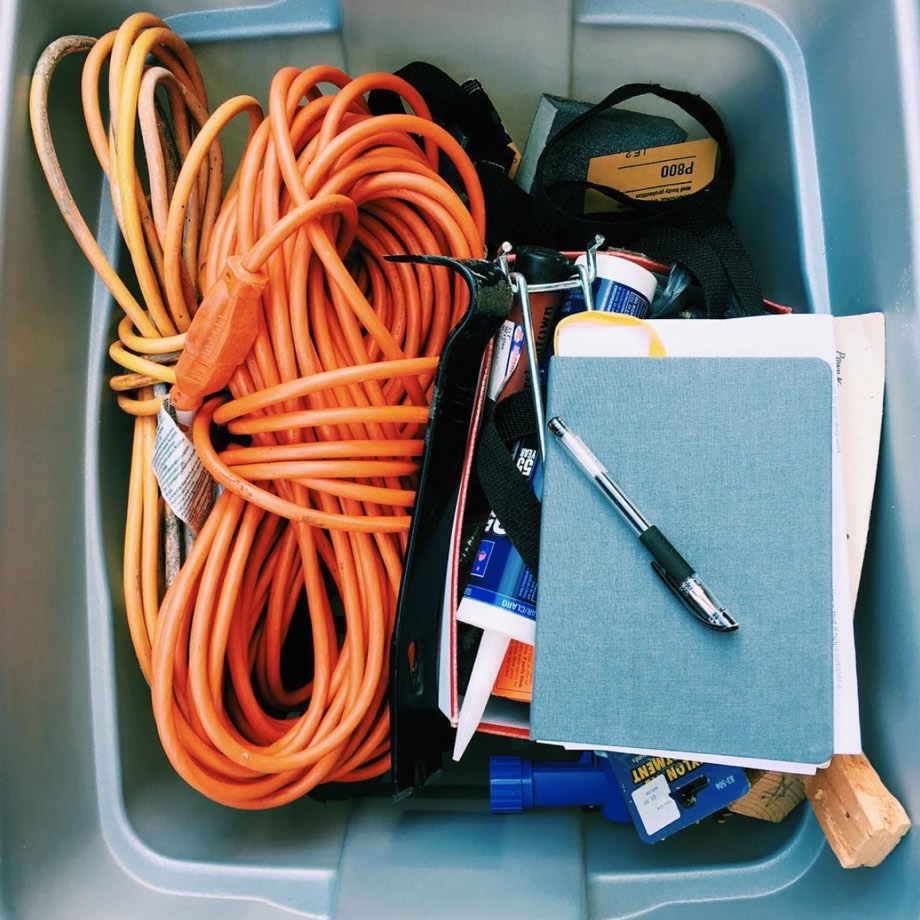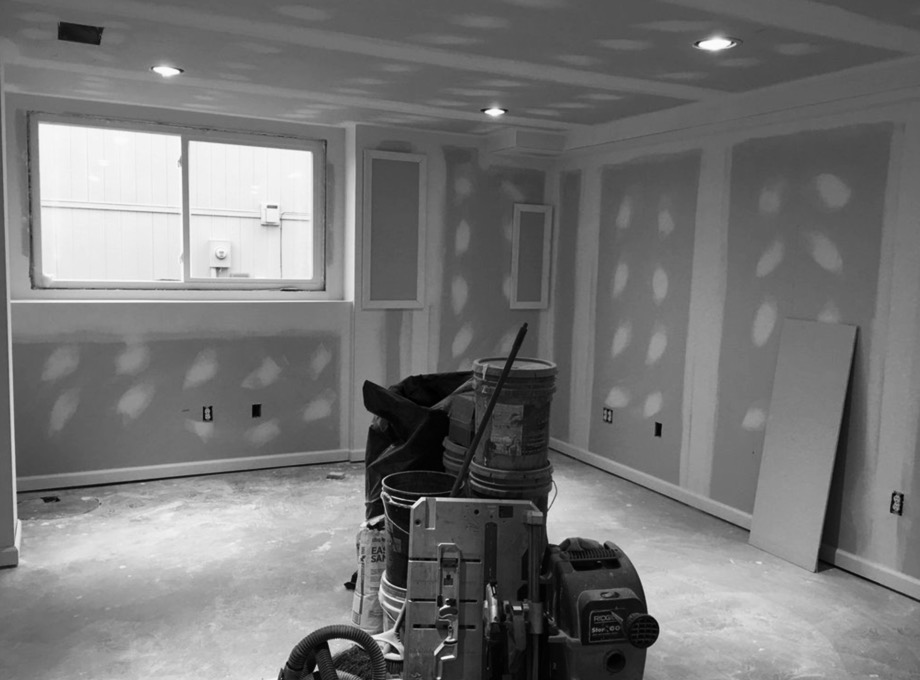As I type this, I’m looking at a few pages from my notebook.
The pages in the notebook contain notes I took from two very important conversations I had six months ago.
These conversations took place in January, just after I had “re-launched” The Focus Course 2.0. I was thinking about what project to do next.
I knew I wanted to build a membership community.), and I knew I wanted to build a course that focused on creativity and business.
My initial plan for these things was to build them as their own, new, unique brands on their own websites. And the only thing tying them all together would be me — the “Shawn Blanc brand” (whatever that is).
During each of my two aforementioned conversations, I asked my friends for their input about what my next steps should be.
I told them that: (a) I wanted to start a new community membership; and (b) I wanted to build a business course.
And then I asked for their candid feedback and input. Was I on the right track, what potential pitfalls did they see, what wild ideas did they have that I hadn’t even considered, etc?
I’ll share their feedback with you in just a moment.
But first, I wanted to share something from my new favorite book…
As you probably know, a couple weeks ago I rented a car, drove 4 hours to Tulsa, bought a new (to me) family car that I’d found on Craigslist, and drove it back.
For the road trip, I loaded up the audiobook version of Creativity Inc..
There is so much gold in this book.
One particular tidbit that stuck out to me from the chapter on Honesty and Candor.
People who take on complicated creative projects become lost at some point in the process. It is the nature of things — in order to create, you must internalize and almost become the project for a while, and that near-fusing with the project is an essential part of its emergence. But it is also confusing. Where once a movie’s writer/director had perspective, he or she loses it. Where once he or she could see a forest, now there are only trees. The details converge to obscure the whole, and that makes it difficult to move forward substantially in any one direction. The experience can be overwhelming.
If you’ve ever begun working a new project, learning a new skill, or the like, and you get into it and feel completely overwhelmed, lost, and confused — don’t freak out.
As Ed Catmull says, it is the nature of things.
How do you press through that feeling of overwhelm?
For one, you keep going. You keep showing up every day, making choices, and doing the work. With patience, you will find clarity.
Secondly, you need community. People who can give candid advice, encouragement, and feedback. People who will level with you and keep you accountable to your goals.
* * *
My friends didn’t know it, but I was desperate for their feedback.
While I was excited to begin working on my new projects, I was also feeling very overwhelmed, lost, and confused.
I was in need of candid feedback from friends who would level with me.
Here are some of the notes I took during the two conversations:
- A community needs a regular gathering point.
- A community needs a regular experience of simple value downloads, where you’re putting things in front of them and not requiring homework or burdens.
- Anchor the membership to The Focus Course. Because the Focus Course is my strongest brand right now, and it’s too early to move on to something else. There needs to be a broader range of both free and paid products around the course.
- Most podcasts get to a point where you have to either stop doing them or re-boot them.
- Spend your time on what makes money and where the people are. For me this means building out The Focus Course brand (that’s what’s making money) and starting a podcast (that’s where the people are).
- If you build your new courses under one brand (“Focus”), they’ll be much bigger. And if you want to move on you’ll have to stop building the “personal brand”.
The feedback from these conversations gave me so much clarity. I knew what to do.
I ended that day with several “Ah ha!” moments, and as a result, I felt confident about the next steps to take. I knew what to do and how to do it.
The candid feedback from someone who has a clear, outside perspective was incredibly valuable.
Something Ed Catmull says time and time again in his book is just how important community and candor are to doing our best creative work.
How many of us have that as a regular part of our creative life?
If you don’t have it, you need it. Because, as I wrote yesterday, social support is your single greatest asset.
My goal for all Focus Club members, is that they’ll get that opportunity.
Here are a few things we value in the Focus Club:
- Showing up every day.
- Giving yourself permission to stink.
- Having an action plan.
- Building meaningful relationships.
- Always being honest and sincere.
- Not taking ourselves too seriously.
- Trusting our gut.
- Taking risks.
- Leaving it all on the table.
- Having fun.
At least once a month, I want to make sure you have an “Ah ha!” moment of clarity or breakthrough. Perhaps it will come from a conversation in our members-only chat, or perhaps it will come from one of our monthly coaching calls.
(I also have more things in mind that I think will be pretty amazing, but I don’t want to get ahead of myself…)
And, on top of the moments of clarity, I want you to constantly have that feeling of “I can do this.”
So: Clarity and Momentum.
If there are two more powerful forces for showing up every day and doing your best creative work, I don’t know what they are.
We have opened the doors for Focus Club, and are accepting Pilot Members.
My question to you is: will you be joining us? I hope so!
I hope to see you inside.
— Shawn



